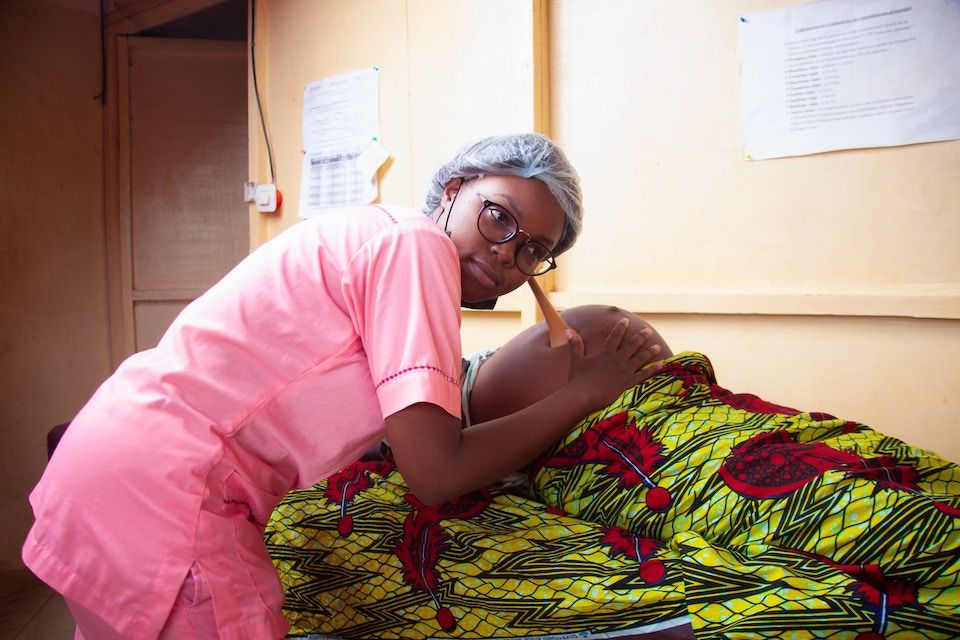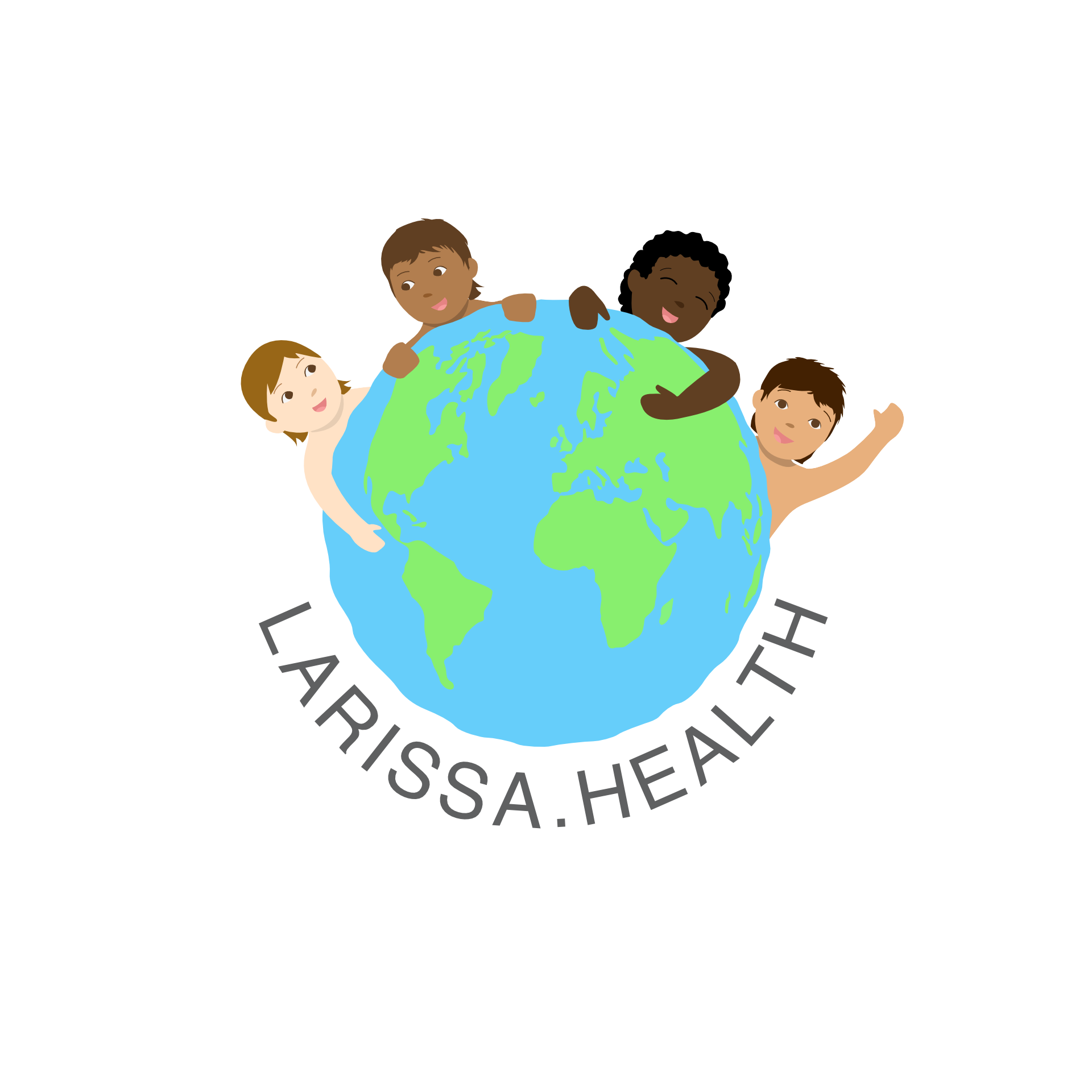The Pivotal Role of Midwives in Uganda's Remote Communities
In the vast landscapes of Uganda, midwives stand as beacons of hope, especially in remote corners.
For many communities around the world, midwives have long been the torchbearers of maternal and child health. In Uganda, their influence stretches far and wide, reaching even the remotest corners. Their unwavering dedication to improving maternal and child health, especially in hard-to-reach areas, paints a picture of resilience, commitment, and an unparalleled passion for their vocation.
While the urban centers offer better healthcare facilities and access to skilled professionals, the hinterlands are often left wanting. Uganda's remote areas, like many similar regions across developing countries, face an acute shortage of skilled midwives. The 2021 UNFPA's State of the World Midwifery report shed light on this dire situation, highlighting a staggering global shortage of 1.1 million SRMNAH workers. This gap is most acute when it comes to midwives, with a shortage of around 900,000. These numbers are more than mere statistics; they signify lives at stake and futures left uncertain.
 Photo by Iwaria Inc.
Photo by Iwaria Inc.
To change this narrative, initiatives like “Saving Mothers, Giving Life” have been pivotal. By focusing on the heart of the problem – the dearth of skilled midwives in remote Ugandan communities – this initiative has dramatically reduced maternal and newborn mortality rates in the northern region of the country. Such endeavors underscore the significance of bringing midwifery services closer to underserved populations.
Education stands as the cornerstone of this transformation. The inception of institutions like the Kibaale Midwifery School is a testament to the strides Uganda is making in bringing education to the doorstep of aspiring midwives in remote communities. When these professionals don’t have to relocate to cities for training, not only is the learning process democratized, but it also becomes more attuned to the specific challenges of their native communities.
Yet, there's another facet to this story – the demanding and often perilous work conditions that midwives in these hard-to-reach areas grapple with. From being overworked to facing resource crunches and infrastructural challenges, the list is exhaustive. It becomes imperative, then, to improve these work conditions to keep midwives motivated. Establishments like the Butogota Health Center II have made strides in this direction, demonstrating how midwife-led centers can elevate healthcare standards.
Community involvement and institutional support emerge as twin pillars in this journey. Initiatives such as the Village Health Teams (VHTs) in Uganda epitomize how community health workers can join forces with midwives, leading to a substantial decrease in maternal and child mortality rates. When communities trust and collaborate with midwives, healthcare outcomes are bound to improve. Further, institutional backing, be it through policy frameworks, financial provisions, or recognition programs, can substantially boost the morale of these professionals.
Uganda's healthcare landscape is undergoing a paradigm shift, with collaborative care becoming a focal point. The Lango Maternity and Neonatal systems coordination platform stands as a testament to this changing dynamic, where an integrative approach involving midwives, doctors, and other healthcare professionals has heralded a new era in maternal and child health.
To wrap up, the tireless efforts of midwives in Uganda’s hard-to-reach terrains cannot be overstated. By investing in their education, welfare, and working conditions, the country can pave the way for brighter, healthier futures. It's time these unsung heroes received their due, for their contribution is shaping the very fabric of the nation's future.
Source: Monitor





